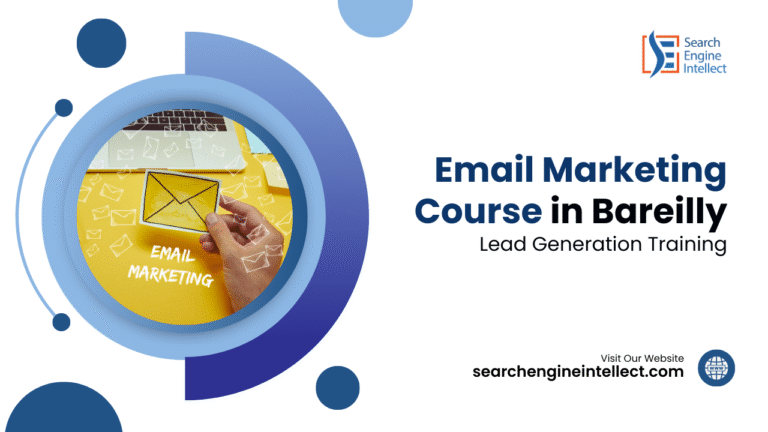10 Best Free Email Marketing Tools to Boost Your Campaigns
Table of Contents
Book a Free Demo Class
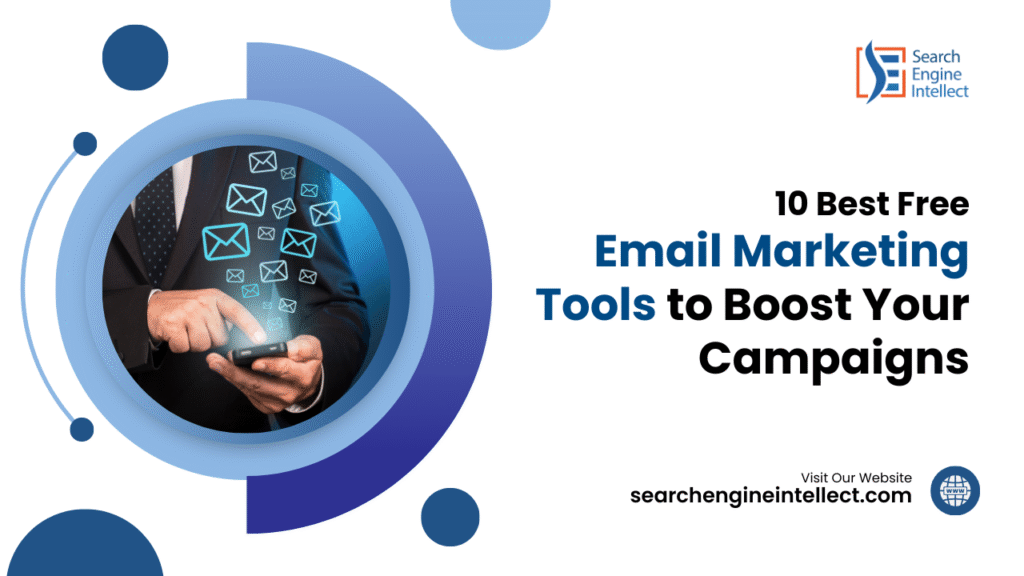
10 Best Free Email Marketing Tools to Boost Your Campaigns
Email marketing is still one of the strongest ways to grow a business, connect with customers, and increase sales. The best part? You don’t need a paid tool to get started. Today, many platforms offer free email marketing tools that help you send campaigns, build contact lists, automate messages, and track performance – without spending a single rupee.
If you’re a small business owner, creator, startup founder, or someone who wants to launch email campaigns on a budget, these free tools give you everything you need. This guide lists the 10 best free email marketing tools that deliver high-quality features, clean dashboards, and reliable performance.
Let’s explore the top platforms you can start using today to boost your campaigns and grow your audience – completely free.
How to Choose the Right Free Email Marketing Tool
Choosing the best free email marketing tool depends on your goals, audience size, and features you actually need. Here are the key factors to check before you decide:
1. Check Your Contact Limit
Every free tool has a subscriber limit.
- Growing brands → Choose tools like Sender or MailerLite with larger free limits.
- Small businesses → 500–1,000 contacts are enough.
If your list is growing fast, choose a tool with a higher free contact limit like Sender or Zoho.
2. Look at Monthly Email Sending Limits
Free plans mostly restrict how many emails you can send monthly.
- Mailchimp → 1,000 emails/month
- MailerLite → 12,000 emails/month
- Sender → 15,000 emails/month
If you send regular newsletters or email blasts, choose a tool with a high send limit.
3. Choose Based on Features You Need
Every tool offers something different:
- Automation: Moosend, MailerLite
- CRM integration: HubSpot
- E-commerce integrations: Omnisend
- Templates & design: Mailchimp
Pick the tool that matches your workflow.
4. Check Email Deliverability
- A good tool must deliver your emails to the inbox, not the spam folder.
- Sender and Brevo (Sendinblue) are known for strong deliverability.
5. Look for Easy-to-Use Interface
Pick a tool with ready-to-use templates and a simple drag-and-drop editor. It saves time and makes your campaigns look professional.
Best simple tools:
- Mailchimp
- MailerLite
- Benchmark
6. Consider Support & Learning Resources
Free users often depend on tutorials and knowledge bases. Prefer tools with:
- Video guides
- Blogs
- Step-by-step documentation
HubSpot and MailerLite offer excellent learning support.
7. Check Integrations with Your Existing Tools
Check if the email tool connects with:
- Shopify or WooCommerce → Omnisend
- Zoho CRM → Zoho Campaigns
- WordPress → Mailchimp or MailerLite
If you run an online store, Omnisend or Mailchimp work best.
8. Think About Long-Term Needs
Free tools are great for starting, but you may need advanced features later.
- Choose a tool that:
- Supports automation, segmentation, landing pages
- Scales with your business
- Offers affordable upgrades
Also read: Email Marketing Course in Bareilly – Lead Generation Training
Top 10 Free Email Marketing Tools
Free email marketing tools help businesses start their campaigns without heavy upfront costs. Below is a detailed comparison table followed by an in-depth look at each tool.
Comparison Table of Free Email Marketing Tools
| Tool | Free Contacts | Free Emails/Month | Best For |
|---|---|---|---|
| Mailchimp | 500 | 1,000 | Beginners |
| Brevo | Unlimited | 9,000 (300/day) | SMS + email |
| MailerLite | 1,000 | 12,000 | Clean design |
| HubSpot | CRM-powered | 2,000 | Businesses |
| Benchmark | 500 | 3,500 | Quick campaigns |
| Moosend | Trial | Unlimited | Automation |
| Sender | 2,500 | 15,000 | High volume |
| ConvertKit | 1,000 | Creator emails | Creators |
| Zoho | 2,000 | 6,000 | Zoho users |
| Omnisend | Store-based | 500 | Ecommerce |
1. Mailchimp – Best All-Round Free Email Marketing Tool
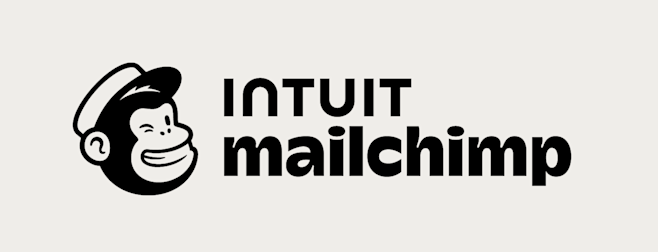
Why It’s Popular:
Mailchimp is the most beginner-friendly free email marketing tool. Even if you’ve never created a newsletter before, you can create and send campaigns in minutes.
Free Plan Includes:
- 500 contacts
- 1,000 emails per month
- Drag-and-drop editor
- Pre-designed templates
- Subject line helper
- Basic segmentation
- Analytics (open & click rates)
Best For:
Startups, small businesses, freelancers who want a simple and powerful email marketing tool without paying.
Limitations
- Automation is very basic on the free plan
- Sends per month are limited
2. Brevo (Sendinblue) – Best for Daily Free Email Sending
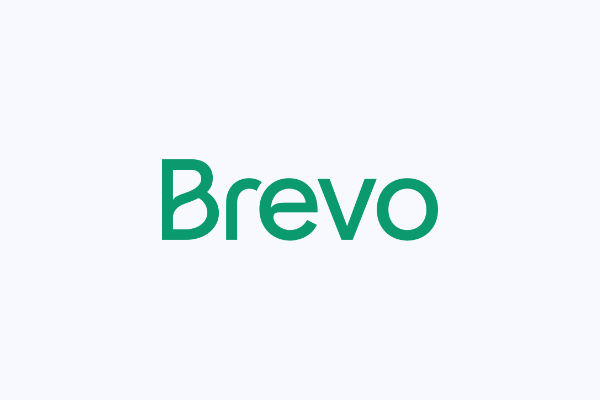
Why It Stands Out:
Brevo doesn’t limit contacts—only daily email sending. This makes it great for growing businesses.
Free Plan Includes:
- 300 emails per day
- Unlimited contacts
- Drag-and-drop builder
- SMS marketing (paid add-on)
- Real-time analytics
Best For:
Businesses that need consistent daily email sending and want high deliverability.
Limitations
- Branding on free emails
- Daily limit of 300 emails
3. MailerLite – Best for Beautiful, Minimal Email Designs

Why It’s Loved:
MailerLite offers clean, modern, minimalistic email designs. It’s easy to use and perfect for brands that care about aesthetics.
Free Plan Includes:
- 1,000 subscribers
- 12,000 monthly emails
- Drag-and-drop email builder
- Landing pages
- Signup forms
- Automation sequences
- A/B testing
Best For:
Creators, bloggers, personal brands, small businesses.
Limitations
- Approval process takes time
- Some templates are locked
4. Moosend – Best Free Tool for Email Automation
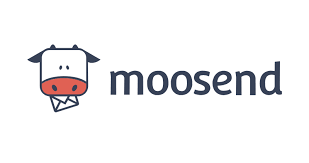
Why It’s Special:
Moosend gives better automation tools than many paid software—great for growth-focused marketers.
Free Plan Includes:
Moosend offers a free trial (not lifetime free), but it’s excellent for automation testing.
Key Features:
- Drag-and-drop editor
- Automation workflow builder
- Personalization
- Real-time analytics
- Templates
Best For:
Marketers who need advanced automation and segmentation.
Limitations
- Must upgrade for ongoing use
- Free version is a trial
5. Benchmark Email – Best for Fast, Mobile-Friendly Campaigns
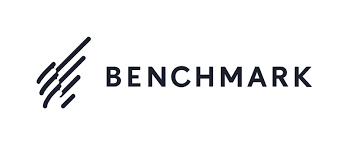
Why Marketers Like It:
Its interface is lightweight and very quick to use—perfect for fast campaigns.
Free Plan Includes:
- 500 contacts
- 3,500 emails/month
- Mobile-responsive templates
- A/B testing
- Automation workflows
- Real-time reporting
Best For:
Businesses that send frequent promotional emails.
Limitations
- Lower sends vs other tools
- Limited automation on free plan
6. Omnisend — Best Free Email Marketing for Online Stores

Why It’s #1 for Ecommerce:
Omnisend is built specifically for Shopify, WooCommerce, BigCommerce stores.
Free Plan Includes:
- 500 emails/month
- Ecommerce automation templates
- SMS marketing
- Shopify + WooCommerce integration
- Product picker (auto pulls product details into emails)
Best For:
E-commerce stores that want email + SMS marketing.
Limitations
- Mostly ecommerce-focused
- Very limited monthly emails
7. HubSpot Email Marketing – Best CRM + Email Combo
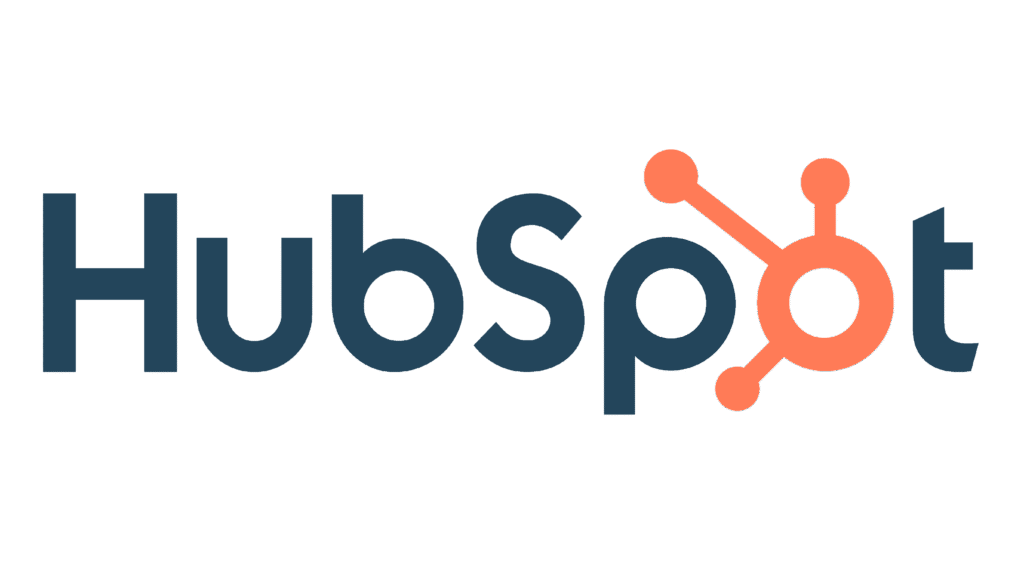
Why It’s Powerful:
HubSpot gives you email marketing AND a full CRM for free, making it amazing for managing leads.
Free Plan Includes:
- 2,000 emails/month
- Free CRM with unlimited contacts
- Automation sequences
- Signup forms & popups
- Drag-and-drop editor
- Detailed analytics
Best For:
Businesses that want strong sales + marketing integration.
Limitations
- Templates are limited on the free plan
- Advanced automation is paid
8. Sender – Best Free Email Marketing Tool for High Volume

Why It’s Amazing:
Sender offers the highest sending volume in the free plan—great for businesses that need mass email blasts.
Free Plan Includes:
- 2,500 subscribers
- 15,000 emails/month
- Automation workflows
- SMS marketing
- HTML editor + drag-and-drop
- Push notifications
Best For:
E-commerce stores, online businesses, bulk campaigns.
Limitations
- Fewer templates vs Mailchimp/MailerLite
- Interface slightly outdated
9. Zoho Campaigns — Best Free Tool for Zoho Ecosystem Users

Why It’s Useful:
If you’re using Zoho CRM, Books, or Mail, Zoho Campaigns integrates smoothly.
Free Plan Includes:
- 2,000 contacts
- 6,000 emails/month
- Automation workflows
- Signup forms
- Ready-made templates
- Social media campaigns
Best For:
Small businesses already using Zoho tools.
Limitations
- Some features hidden behind paid plans
- UI can feel complex for beginners
10. ConvertKit — Best Free Email Tool for Creators

Why Creators Love It:
ConvertKit is made for influencers, bloggers, coaches, and YouTubers.
Free Plan Includes:
- 1,000 subscribers
- Unlimited landing pages
- Unlimited forms
- Email broadcasts
- Creator-focused templates
Best For:
Creators who want to grow an audience and nurture it through simple emails.
Limitations
- Very simple templates
- Automation features only in paid plans
Also read: Top 10 Digital Marketing Institutes in Bareilly
Benefits of Using Free Email Marketing Tools
Using free email marketing tools gives small businesses, creators, and startups the power to grow without spending money. Here are the biggest benefits:
1. Zero Cost to Get Started
You can launch email campaigns without spending money. Perfect for startups, students, and small businesses.
2. Easy to Use for Beginners
Most free tools come with drag-and-drop editors, templates, and guided setups—no technical skills required.
3. Helps Build Customer Relationships
You can send updates, offers, and newsletters regularly, keeping your audience engaged.
4. Automates Your Marketing Work
Free tools offer basic automation like welcome emails, follow-ups, and reminders—saving time every day.
5. Boosts Conversions and Sales
Emails still bring one of the highest ROI in digital marketing. Even free tools help drive website visits and purchases.
6. Tracks Performance with Analytics
You get open rates, click rates, bounce data, and audience insights to improve future campaigns.
7. Supports List Management
You can easily organize subscribers, segment lists, and clean inactive contacts.
8. Allows A/B Testing
Some free plans let you test subject lines or designs to find what works best.
9. Professional-Looking Emails
Templates, custom branding, and formatted layouts create a polished, trustworthy brand image.
10. Scales as Your Business Grows
You can start free and later upgrade only when you need advanced features or higher sending limits.
Pro Tip: If you want to take email marketing beyond free tools, explore Email Marketing Services to automate campaigns and drive more leads.
Common Limitations of Free Plans
While free email marketing tools are great for getting started, they often come with restrictions. Knowing these limitations helps you plan better as your business grows.
1. Subscriber and Email Sending Limits
Most free plans cap the number of contacts or monthly emails you can send.
Example: Mailchimp allows only 500 contacts in its free tier.
2. Limited Automation Features
Advanced automation like drip campaigns, behavioral triggers, or customer journey mapping is often restricted or missing.
3. Branding or Watermark on Emails
Many tools include their logo or promotional tagline in free emails, which can reduce brand professionalism.
4. Fewer Templates and Design Options
Free plans usually provide only a few basic templates, making it harder to create unique designs.
5. No or Limited A/B Testing
Testing subject lines or campaign variations may not be available in the free version.
6. Lower Priority Support
Free users often get limited or delayed customer support compared to paid users.
7. Restricted Integrations
Some tools limit integrations with CRMs, e-commerce platforms, or analytics tools
Also read: 8 Must-Have WordPress Affiliate Plugins to Boost Your Earnings in 2025
How Free Email Marketing Tools Help Generate Leads
Free email marketing tools are more than just cost-saving solutions. They can actually help you attract and convert new customers when used the right way. Here’s how they play a key role in lead generation:
1. Easy Integration with Landing Pages
Most tools allow you to create simple sign-up forms or landing pages. You can place them on your website or blog to capture visitor details. For example, tools like MailerLite and Brevo (Sendinblue) make it easy to build responsive landing pages without coding.
2. Automate Follow-Ups
Once a visitor subscribes, an automated welcome email builds the first connection. It sets expectations and can include an incentive such as a free eBook, discount, or guide.
3. Segment Your Audience
- Even free plans allow basic segmentation.
- Send targeted content to specific groups to increase conversions.
4. Integrate with Landing Pages
- Many tools connect with landing pages and lead capture forms.
- Example: MailerLite offers free landing page builders to grow your list.
5. Analyze and Optimize
- Built-in analytics track open rates, click rates, and conversions.
- You can refine your strategy based on this data.
6. Build Trust Over Time
- Consistent, value-driven emails nurture relationships.
- Subscribers who trust your brand are more likely to become customers.
Pro Tip: Combine your email campaigns with Lead Generation Services to amplify your reach and turn more subscribers into paying customers.





